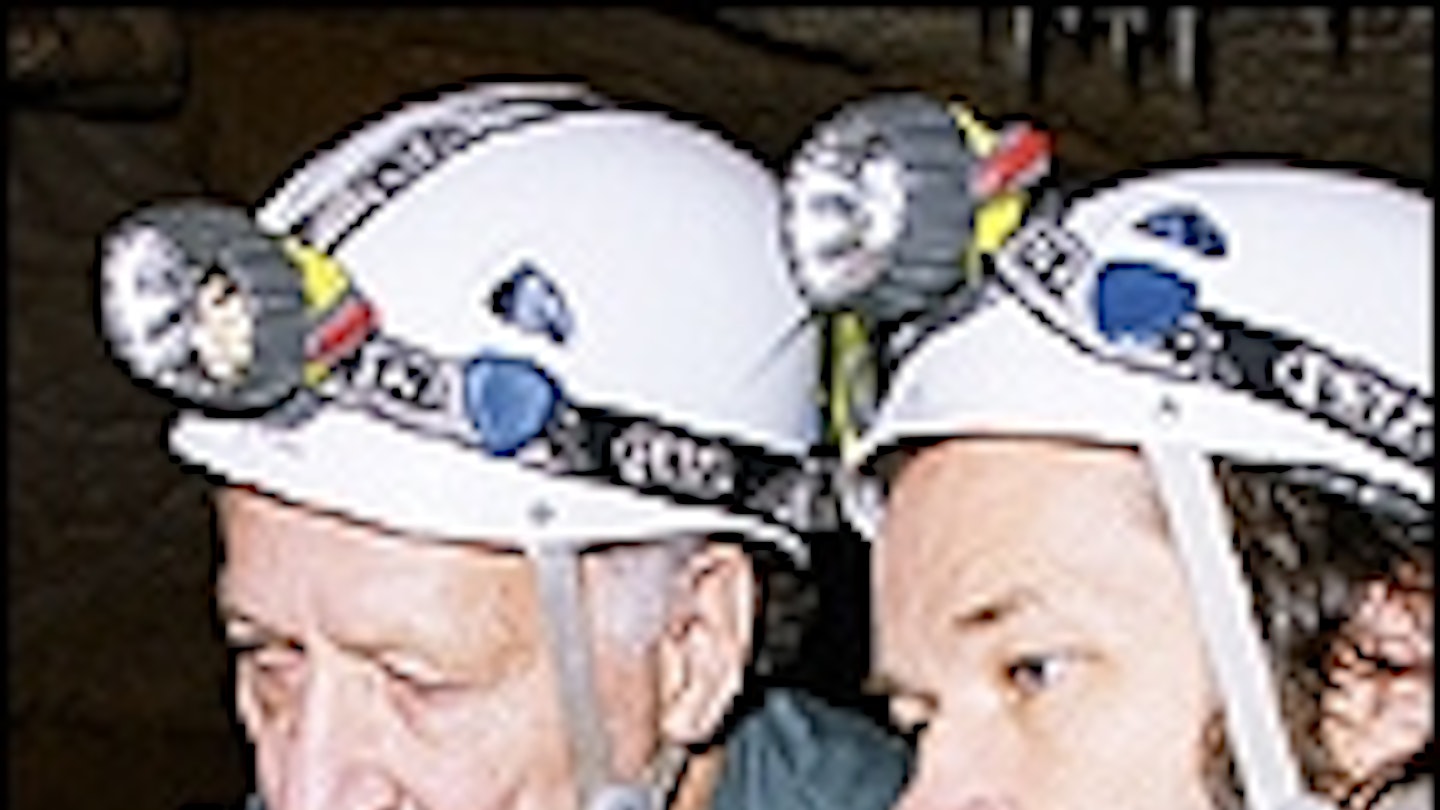High up on an almost inaccessible cliff face in the stunning French Ardèche is a small metal door. As Alice would say, it’s an odd place for a door, but what’s behind it is even more surprising. Probably best described as The Sistine Chapel of Paleolithic art, the interior of the Chauvet cave, named after one of the speleologists who discovered them in 1994, is covered with incredible, shockingly vivid ancient paintings, their miraculous preservation the result of a rockfall tens of thousands of years ago. Recognising both the uniqueness of the paintings and their worrying fragility (similar paintings in other caves have been affected by mould growth, the result of the moisture in human breath), the French government closed the site to anyone but a handful of experts. In the intervening decade-and-a-half more people have been to the summit of Everest than have gazed at the paintings and no filmmaker has been allowed to shoot inside.
And so, with a kind of joyful inevitability, enter Werner Herzog, who finally gained permission to accompany an archaeological team and to film for a limited number of hours inside the caves, reportedly finalising the deal by offering to become an employee of the French government for the salary of one euro. The technical restrictions imposed are daunting: only three crew members including Herzog were allowed in, carrying only lightweight cameras, light panels powered from waist-worn battery packs. So, of course, Herzog decides to shoot in 3D…
What emerges is an astonishing, mesmerising and at times unexpectedly moving film, Herzog making the complexities and difficulties of filming part of the subject, before, in a virtuoso sequence towards the end, conjuring the paintings into life. Using only the movement of a camera and two lights, he produces images more other-worldly and affecting than anything in Inception.
For the most part his use of 3D is among the most appropriate in the format’s otherwise gimmicky history; the drawings that crowd the undulating, uneven walls of the cave spring into complex reliefs, but it’s less appropriate for shaky-cam head-to-head interviews. Herzog’s philosophical musings might be a turn-off to those unfamiliar with them and, while he might be more poet than sage, he does make the provocative point that we moderns can never really know what the images meant. That he makes this profound point via a pair of irradiated albino alligators from a nuclear power station 20 miles down the road, well… that’s just Werner.

